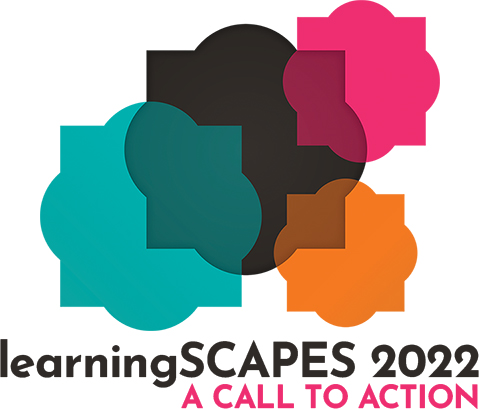 | 1 LU / HSW |
Trailblazing Net Zero Energy Early Learning Center
 | 1 LU / HSW |
This session will explore the transformation of an outmoded 1960s building into a state-of-the-art Net Zero learning facility that is the first in the nation to also meet a critical benchmark for reduced energy consumption. The River Trails School District, which serves 1,600 PK-8 students in suburban Chicago, has a comprehensive commitment to sustainability ranging from its curriculum to facilities design and management. The district proudly participates in many sustainable programs including the U.S. Department of Education’s Green Ribbons School Program. When the district needed a dedicated school for its youngest learners, it chose to repurpose a facility that had been privately leased and open the Prairie Trails Early Learning Center (PT_ELC). Extending its commitment to sustainable practices, the district’s board approved a deep energy retrofit of the facility that went beyond simply achieving net zero energy. This trailblazing renovation is Illinois’ first net-zero energy school that also meets the 2018 PHIUS+ Source Zero project standard, meaning that it uses 40-60% less energy than conventional buildings. PT-ELC’s building envelope upgrades are also significant. Recently, the U.S. Department of Energy recognized PT-ELC among 14 exemplary projects in its “Building Envelope Campaign” for achieving a 50%+ performance improvement over the original building. PT-ELC is a model of sustainable design and a healthy environment for students. This level of energy savings in Illinois is rare but a desire to integrate renewable energy systems and energy savings measures is an emerging (and welcomed) trend in the suburban Chicago marketplace. Learn more about how the building itself is used as a learning tool, how the district navigated the design process while incorporating high performing materials, what worked and what didn’t work.
Learning Objectives:

Ron is a principal at FGM Architects, leads the Chicago Region PK12 educational practice and has 30+ years of experience in educational design. Ron serves on the IASA Service Associate Executive Committee and is an active participant in the IASBO Sustainability PDC.

Lyndl has served as the Assistant Superintendent for Business Services at River Trails District 26 for fifteen years. Dr. Schuster holds a Chief School Business Officials endorsement and a Doctorate in Educational Leadership. Dr. Schuster is passionate about the environment and leads the District’s sustainability efforts. Her goal is to ensure that every student is inspired to learn and to reach their maximum potential while District 26 maintains financial stability.

Jeff worked his entire career at IMEG and is the Client Executive overseeing IMEG’s Education and Science and Technology focused team. He serves as project executive and project manager for many large and complex projects. He also has experience for a variety of projects ranging from universities, laboratories, student housing facilities, and primary education facilities, to libraries, public safety facilities, municipal projects, and office buildings.

Troy is a Principal at FGM Architects, and serves as a project manager in the Chicago Region PK12 educational practice. He has specialized in working with schools for more than 15 years, and is passionate about creating dynamic educational spaces that meet the needs of students, teachers, administrators, and their communities.
What is the learners’ experience? Who are they? How do they differ? How do they respond differently from one another to similar environments? Is there a one-size-fits-all solution? Or is a custom solution composed of aggregate parts more appropriate?
Primary Core Competency
Educational Facility Implementation, Project Management/Project Delivery: Has a working understanding of how the following areas impact the facility program: regulations and policies; project delivery methodologies; scheduling; preventative maintenance; life-cycle planning; and systems commissioning.
Learning Units/Health, Safety, Welfare (LU/HSW)
This topic deals with accessibility, site safety, energy efficiency and sustainable design.